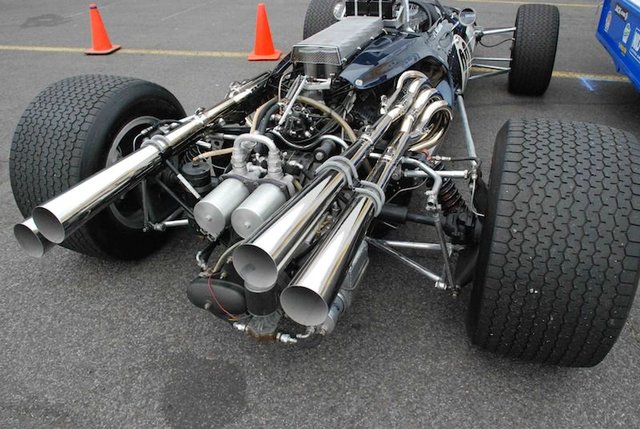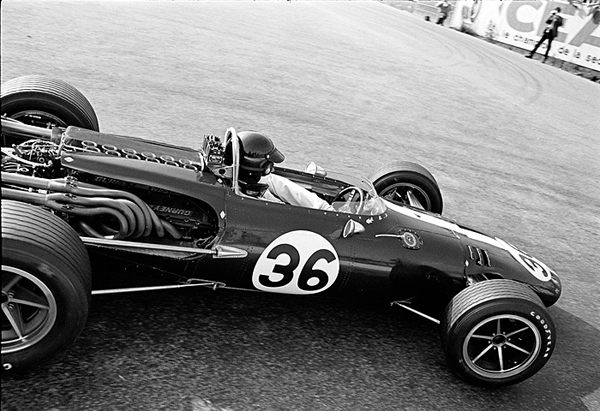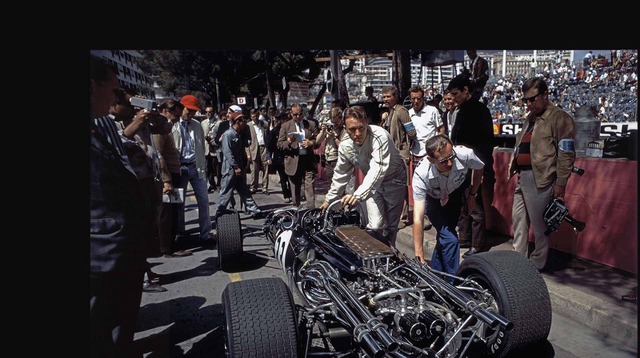RESTORING THE FUNDAMENTAL ESSENCE OF THE SPORT.
 Tuesday, May 1, 2018 at 10:46PM
Tuesday, May 1, 2018 at 10:46PM By Peter M. DeLorenzo
Detroit. As some readers may remember, I initially was quite optimistic about Formula E. I appreciated the idea of developing fully-electric powered vehicles on the racetrack, where development time is accelerated and solutions must come immediately, not over months. That was also my idea for the Hydrogen Electric Racing Federation, where we were going to use racing to address all of the challenges posed by hydrogen-electric powered vehicles such as range, refueling time, heat management, battery quick charging or replacement during pit stops, and safety, etc., while accelerating the development curve. (And though Formula E is interesting, I much preferred the idea behind HERF, because I still believe that hydrogen-fueled electric vehicles will be the ultimate propulsion system in the future.)
That said, my ardor for Formula E has cooled dramatically. And even though the Formula E machines will be able to finish a race on a single charge next year, which is indeed impressive, I no longer view it as a sustainable form of racing beyond the novelty of it. Yes, manufacturers have jumped into Formula E with both feet, but that is only to coincide with their massive research and development programs for battery electric vehicles. That's what they do, because it's much easier to justify spending massive amounts of cash on racing to boards of directors when there's a direct R&D link to future product programs.
But then again who's kidding whom here? Formula E is a facsimile of racing, completely devoid of the fundamental, visceral appeal that has defined racing since Day One. The Missing Ingredient? The sound. Let's face it, Formula E cars sound like glorified slot car racers from our childhoods. And what was completely satisfactory in basements and hobby centers back then leaves much to be desired today, in real time. Every time I attempt to get into a Formula E race - and believe me I've tried many, many times - I am left with a hollow feeling. Yes, the drivers are trying real hard, and yes, there's a lot of manufacturer money being spent, but it is completely lacking in emotional appeal. As in zero.
That's why I cringe when I hear the latest missive from the FIA about the future engine rules for Formula 1. This notion that F1 has to link its racing machines to production technology is a nonstarter. Formula 1 fancies itself as the ultimate form of racing, but strangled engines and muted sounds only serve to turn off - and bore - racing enthusiasts. Many months ago I wrote a column entitled "Bring Back the Scream." In it I explained how the continued muzzling of F1 engines is a travesty, that I need to hear the classic mechanical shriek of a thoroughbred F1 engine to make it all worthwhile.
In my travels I always hear the same thing from racing enthusiasts, which is that hybrids and whatnot are fine for the street, but that when they go to a race track they want to hear - and feel - the power. That is why Formula E will never be more than a sideshow. And if the powers that be in F1 cripple their upcoming engine formula by skewing too far to the inoffensive and politically correct side of things, they will be signing up for a boatload of problems.
Take a look at the photo below and soak in the stunning beauty and mechanical artistry of Dan Gurney's Eagle T1G-Weslake V12. We need to bring that back. No, not to turn back time, but to restore the fundamental essence of the sport.
And that's the High-Octane Truth for this week.
 (F1 Technical)
(F1 Technical)
In 1966 Dan Gurney commissioned Weslake Engineering to build an Aubrey Woods-designed 3.0-liter V12 Formula One engine for his Eagle T1G. The result was an aluminum V12 with four valves per cylinder at a narrow included angle (thirty degrees) that allowed a single cover to enclose both the close-spaced camshafts on each bank. The sixty-degree-vee layout had a larger bore than stroke (72.8 X 60mm). Gurney won the Race of Champions at Brands Hatch, a non-championship event, and the 1967 Belgian Grand Prix with the Eagle-Weslake V12 engine. Gurney's historic victory at Spa was and remains the only time that an American citizen built and raced a car of his own construction and put it into the winner's circle of a World Championship F1 race.
 (The Klemantaski Collection)
(The Klemantaski Collection)
Dan Gurney's greatest win came in the 1967 Belgian Grand Prix driving his No. 36 Eagle T1G/Weslake at Spa-Francorchamps. A stunning car in person, Gurney's Spa-winning Eagle to this day is one of the most beautiful racing cars of all time. Dan Gurney and his Eagle T1G-Weslake V12 at the 1967 Grand Prix of Monaco. Gurney qualified seventh but did not finish.
Dan Gurney and his Eagle T1G-Weslake V12 at the 1967 Grand Prix of Monaco. Gurney qualified seventh but did not finish.




